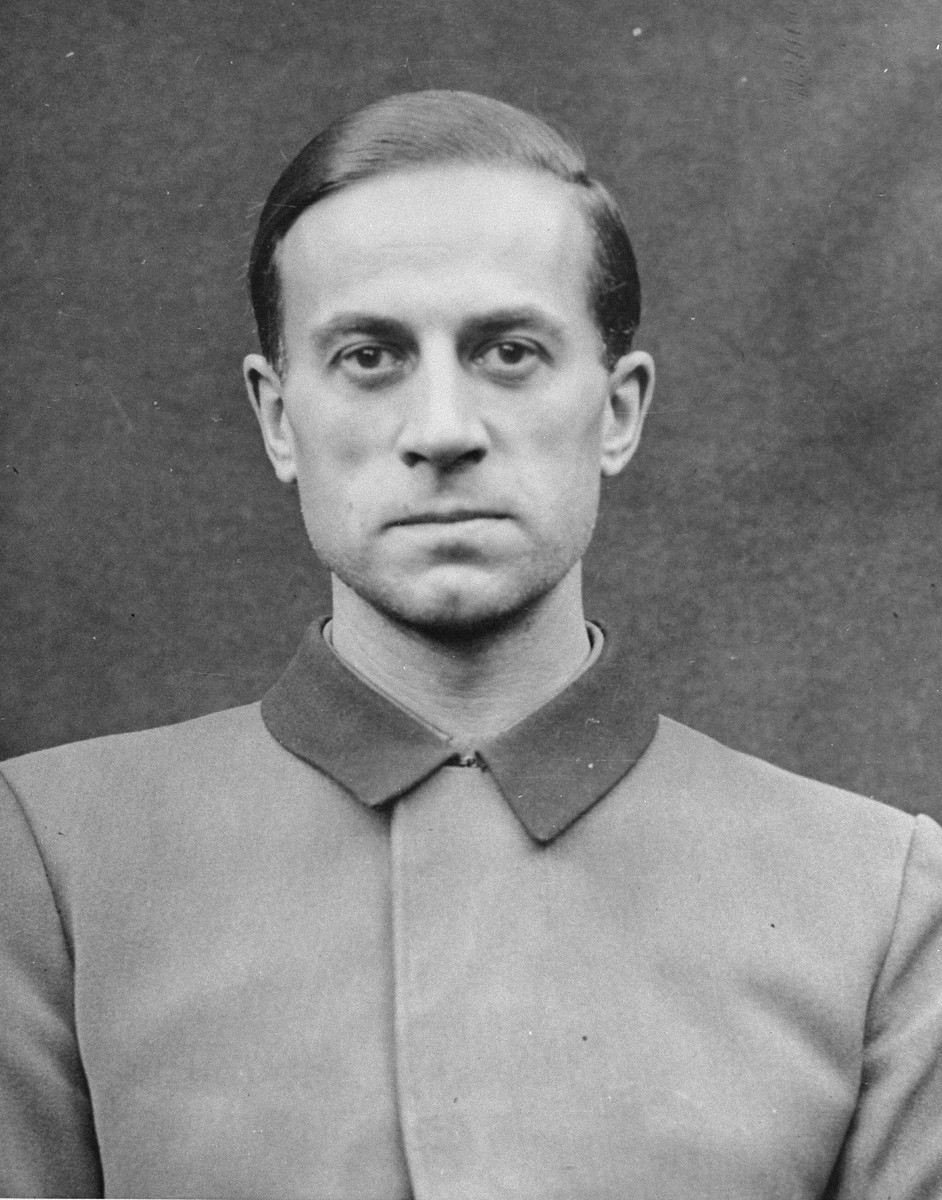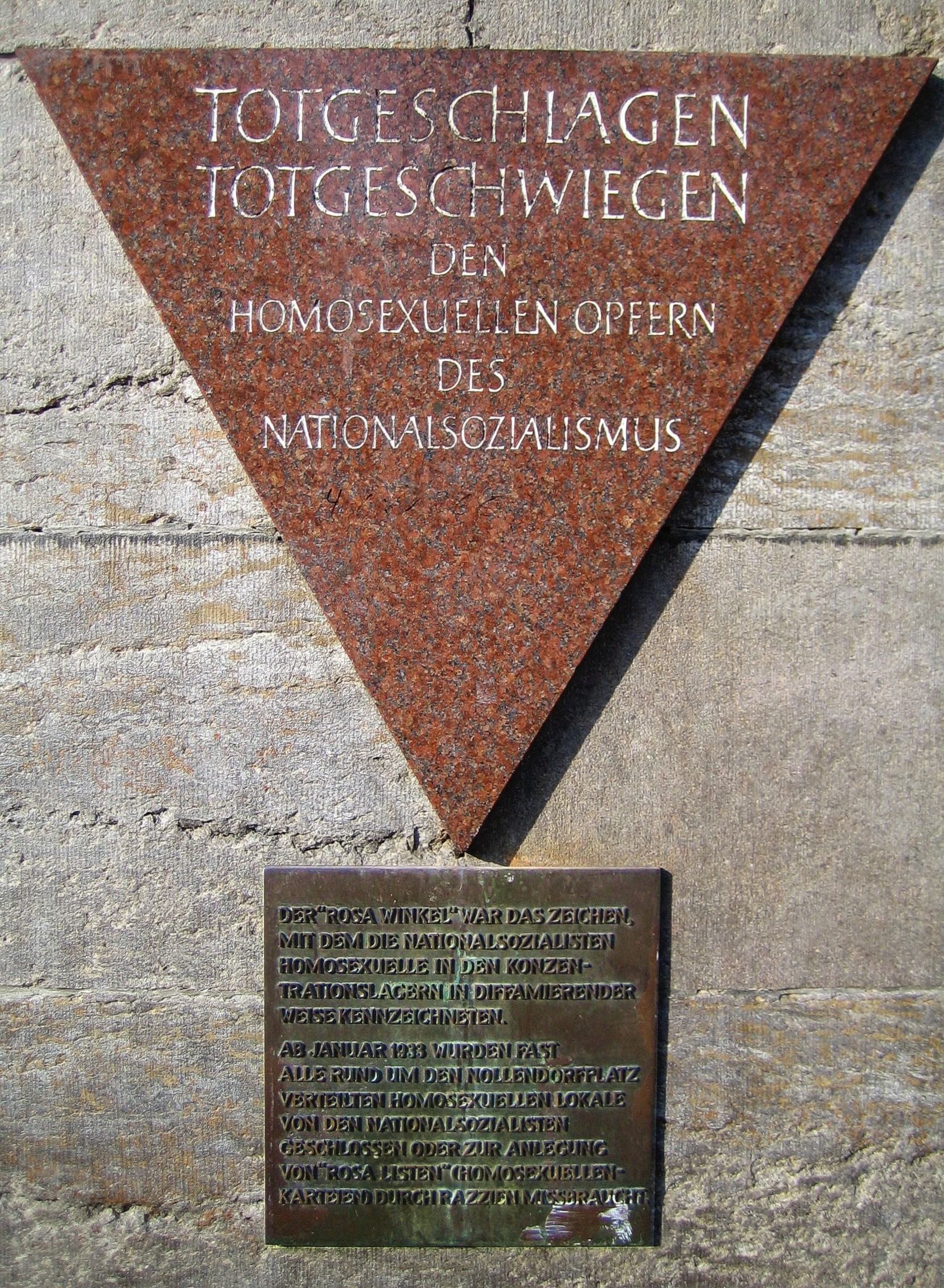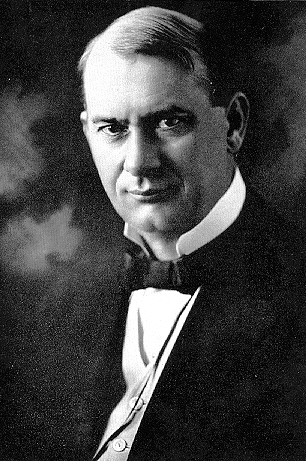|
Priesterblock
The Priest Barracks of Dachau Concentration (in German Pfarrerblock, or Priesterblock) incarcerated clergy who had opposed the Nazi regime of Adolf Hitler. From December 1940, Berlin ordered the transfer of clerical prisoners held at other camps, and Dachau became the centre for imprisonment of clergymen. Of a total of 2,720 clerics recorded as imprisoned at Dachau some 2,579 (or 94.88%) were Roman Catholics. Among the other denominations, there were 109 Protestants, 22 Orthodox, 8 Old Catholics and Mariavites and 2 Muslims. Members of the Catholic Society of Jesus were the largest group among the incarcerated clergy at Dachau. Background Dachau Concentration Camp Dachau was established in March 1933 as the first Nazi Concentration Camp. Dachau was chiefly a political camp, rather than an extermination camp, but of around 160,000 prisoners sent to its main camp, over 32,000 were either executed or died of disease, malnutrition or brutalization. The prisoners of Dachau ... [...More Info...] [...Related Items...] OR: [Wikipedia] [Google] [Baidu] |
Toasting Polish Dachau
Toast most commonly refers to: * Toast (food), bread browned with dry heat * Toast (honor), a ritual in which a drink is taken Toast or Toasted may also refer to: Places * Toast, North Carolina, a census-designated place in the United States Books * ''Toast'' (play), a 1999 play by Richard Bean * ''Toast'', a memoir by Nigel Slater * "A Toast" (anthem) ("Zdravljica"), a poem by France Prešeren and the Slovenian national anthem * "A Toast", the title recorded in law for the North Carolina State Toast * '' Toast: And Other Rusted Futures'', a collection of short fiction by Charles Stross Film and TV * ''The Toast'' (film), 2007 Chilean-Mexican film directed by Shai Agosin * ''Toast'' (film), 2010 BBC film adaptation of Nigel Slater's autobiographical novel of the same name * '' Toast of London'', a British comedy television series, and its sequel ''Toast of Tinseltown'' * "Toast" (''Space Ghost Coast to Coast''), a television episode * Toasted TV, Australian children's t ... [...More Info...] [...Related Items...] OR: [Wikipedia] [Google] [Baidu] |
Aktion T4
(German, ) was a campaign of Homicide#By state actors, mass murder by involuntary euthanasia which targeted Disability, people with disabilities and the mentally ill in Nazi Germany. The term was first used in post-WWII, war trials against doctors who had been involved in the killings. The name T4 is an abbreviation of 4, a street address of the Chancellery department set up in early 1940, in the Berlin borough of Tiergarten, Berlin, Tiergarten, which recruited and paid personnel associated with Aktion T4. Certain German physicians were authorised to select patients "deemed incurably sick, after most critical medical examination" and then administer to them a "mercy death" (). In October 1939, Adolf Hitler signed a "euthanasia note", backdated to 1 September 1939, which authorised his physician Karl Brandt and ''Reichsleiter'' Philipp Bouhler to begin the killing. The killings took place from September 1939 until the end of World War II in Europe in 1945. Between 275,00 ... [...More Info...] [...Related Items...] OR: [Wikipedia] [Google] [Baidu] |
Pope Pius XI
Pope Pius XI (; born Ambrogio Damiano Achille Ratti, ; 31 May 1857 – 10 February 1939) was head of the Catholic Church from 6 February 1922 until his death in February 1939. He was also the first sovereign of the Vatican City State upon its creation on 11 February 1929. Pius XI issued numerous encyclicals, including ''Quadragesimo anno'' on the 40th anniversary of Pope Leo XIII's groundbreaking social encyclical ''Rerum novarum'', highlighting the capitalistic greed of international finance, the dangers of Atheism, atheistic socialism/communism, and social justice issues, and ''Quas primas'', establishing the feast of Christ the King in response to anti-clericalism. The encyclical ''Studiorum ducem'', promulgated 29 June 1923, was written on the occasion of the 6th centenary of the canonization of Thomas Aquinas, whose thought is acclaimed as central to Catholic philosophy and theology. The encyclical also singles out the Pontifical University of Saint Thomas Aquina ... [...More Info...] [...Related Items...] OR: [Wikipedia] [Google] [Baidu] |
William Shirer
William Lawrence Shirer (; February 23, 1904 – December 28, 1993) was an American journalist, war correspondent, and historian. His '' The Rise and Fall of the Third Reich'', a history of Nazi Germany, has been read by many and cited in scholarly works for more than 60 years; its 50th anniversary was marked by a new edition of the book. As a young man just out of college, in 1925 Shirer was hired by the ''Chicago Tribune'' and later worked for the International News Service; he was the first reporter hired by Edward R. Murrow for what became a CBS radio team of journalists known as " Murrow's Boys". He became well known for his broadcasts from Berlin, from the rise of the Nazi dictatorship through the first year of World War II. Together with Murrow, on Sunday, March 13, 1938, he organized the first broadcast world news roundup, a format still followed by news broadcasts. Shirer published 14 books besides ''The Rise and Fall of the Third Reich'', including '' Berlin Diary' ... [...More Info...] [...Related Items...] OR: [Wikipedia] [Google] [Baidu] |
Reichskonkordat
The ''Reichskonkordat'' ("Concordat between the ... between the Holy See"> ... between the Holy See and the German Reich") is a treaty negotiated between the Vatican and the emergent Nazi Germany">Holy See and the German Reich">Holy See"> ... between the Holy See and the German Reich") is a treaty negotiated between the Vatican and the emergent Nazi Germany. It was signed on 20 July 1933 by Cardinal Secretary of State Eugenio Pacelli, who later became Pope Pius XII, on behalf of Pope Pius XI and Vice Chancellor Franz von Papen on behalf of President Paul von Hindenburg and the German government. It was ratified 10 September 1933 and it remains in force to this day. The treaty guarantees the rights of the Catholic Church in Germany. When bishops take office, Article 16 states they are required to take an oath of loyalty to the Governor or President of the German Reich established according to the constitution. The treaty also requires all clergy to abstain from working in and ... [...More Info...] [...Related Items...] OR: [Wikipedia] [Google] [Baidu] |
Roman Catholicism In Germany
The Catholic Church in Germany () or Roman Catholic Church in Germany () is part of the worldwide Catholic Church in communion with the Pope, assisted by the Roman Curia, and with the German bishops. The current "Speaker" (i.e., Chairman) of the episcopal conference is Georg Bätzing, Bishop of the Roman Catholic Diocese of Limburg. It is divided into 27 dioceses, 7 of them with the rank of metropolitan sees. Growing rejection of the Church has had its impact in Germany; nevertheless, 28.5% of the total population remain Roman Catholic (23.9 million people as of December 2022). Before the 1990 reunification of Germany by accession of the former German Democratic Republic (or East Germany), Roman Catholics were 42% of the population of West Germany. Religious demographic data is relatively accessible in Germany because, by law, all Christian taxpayers must declare their religious affiliation so that the church tax can be deducted by the state and passed on to the relevant c ... [...More Info...] [...Related Items...] OR: [Wikipedia] [Google] [Baidu] |
Gleichschaltung
The Nazi term (), meaning "synchronization" or "coordination", was the process of Nazification by which Adolf Hitler—leader of the Nazi Party in Nazi Germany, Germany—established a system of totalitarian control and coordination over all aspects of German society "from the Economy of Nazi Germany, economy and German Labour Front, trade associations to the Reich Ministry of Public Enlightenment and Propaganda, media, Reich Chamber of Culture, culture and Reich Ministry of Science, Education and Culture, education". Although the Weimar Constitution remained nominally in effect throughout Government of Nazi Germany, Hitler's dictatorship, near total Nazification was achieved by 1935 with the resolutions approved during that year's Nuremberg Rally, fusing the symbols of the party and the state (see Flag of Nazi Germany) and depriving German Jews of their citizenship (see Nuremberg Laws). The tenets of ''Gleichschaltung'', including the Nuremberg Laws, also applied to German-o ... [...More Info...] [...Related Items...] OR: [Wikipedia] [Google] [Baidu] |
Weimar Republic
The Weimar Republic, officially known as the German Reich, was the German Reich, German state from 1918 to 1933, during which it was a constitutional republic for the first time in history; hence it is also referred to, and unofficially proclaimed itself, as the German Republic. The period's informal name is derived from the city of Weimar, which hosted the constituent assembly that established its government. In English, the republic was usually simply called "Germany", with "Weimar Republic" (a term introduced by Adolf Hitler in 1929) not commonly used until the 1930s. The Weimar Republic had a semi-presidential system. Toward the end of the First World War (1914–1918), Germany was exhausted and suing for peace, sued for peace in desperate circumstances. Awareness of imminent defeat sparked a German Revolution of 1918–1919, revolution, Abdication of Wilhelm II, the abdication of Kaiser Wilhelm II, the proclamation of the Weimar Republic on 9 November 1918, and formal cessa ... [...More Info...] [...Related Items...] OR: [Wikipedia] [Google] [Baidu] |
Enabling Act Of 1933
The Enabling Act of 1933 ( German: ', officially titled ' ), was a law that gave the German Cabinet—most importantly, the chancellor, Adolf Hitler—the power to make and enforce laws without the involvement of the Reichstag or President Paul von Hindenburg. By allowing the Chancellor to override the checks and balances in the constitution, the Enabling Act was a pivotal step in the transition from the democratic Weimar Republic to the totalitarian dictatorship of Nazi Germany. Background On 30 January 1933, Adolf Hitler, leader of the Nazi Party (NSDAP), was appointed as Chancellor, the head of the German government. Hitler immediately asked President von Hindenburg to dissolve the Reichstag. A general election was scheduled for 5 March 1933. Reichstag fire On 27 February 1933, the Reichstag building of the German parliament caught fire. Acting as chancellor, Hitler immediately accused the Communists of perpetrating the arson as part of a larger effort to overthrow th ... [...More Info...] [...Related Items...] OR: [Wikipedia] [Google] [Baidu] |
Persecution Of Homosexuals In Nazi Germany
Before 1933, male homosexual acts were illegal in Germany under Paragraph 175 of the German Criminal Code. The law was not consistently enforced, however, and a thriving gay culture existed in major German cities. After the Nazi takeover in 1933, the first homosexual movement's infrastructure of clubs, organizations, and publications was shut down. After the Röhm purge in 1934, persecuting homosexuals became a priority of the Nazi police state. A 1935 revision of Paragraph 175 made it easier to bring criminal charges for homosexual acts, leading to a large increase in arrests and convictions. Persecution peaked in the years prior to World War II and was extended to areas annexed by Germany, including Austria, the Czech lands, and Alsace–Lorraine. The Nazi regime considered the elimination of all manifestations of homosexuality in Germany one of its goals. Men were often arrested after denunciation, police raids, and through information uncovered during interrog ... [...More Info...] [...Related Items...] OR: [Wikipedia] [Google] [Baidu] |
Persecution Of Jehovah's Witnesses In Nazi Germany
Jehovah's Witnesses suffered religious persecution in Nazi Germany between 1933 and 1945 after refusing to perform military service, join Nazi organizations, or give allegiance to the Hitler regime. An estimated 10,000 Witnesses were sent to Nazi concentration camps. It is estimated that between 2,000 and 5,000 died in custody, including 250 who were executed. They were the first Christian denomination banned by the Nazi government and the most extensively and intensively persecuted. Unlike Jews and Romani, who were persecuted on the basis of their race, Jehovah's Witnesses could escape persecution and personal harm by renouncing their religious beliefs by signing a document indicating renunciation of their faith, submission to state authority, and support of the German military. Historian Sybil Milton concludes that "their courage and defiance in the face of torture and death punctures the myth of a monolithic Nazi state ruling over docile and submissive subjects." Despite ear ... [...More Info...] [...Related Items...] OR: [Wikipedia] [Google] [Baidu] |
Romani Genocide
The Romani Holocaust was the genocide of European Roma and Sinti people during World War II. Beginning in 1933, Nazi Germany systematically persecuted the European Roma, Sinti and other peoples pejoratively labeled 'Gypsy' through forcible internment and compulsory sterilization. German authorities summarily and arbitrarily subjected Romani people to incarceration, forced labor, deportation and mass murder in concentration and extermination camps. Under Adolf Hitler, a supplementary decree to the Nuremberg Laws was issued on 26 November 1935, classifying the Romani people (or Roma) as "enemies of the race-based state", thereby placing them in the same category as the Jews. Thus, the fate of the Sinti and Roma in Europe paralleled that of the Jews in the Holocaust. Historians estimate that between 220,000 and 1.5 million Romani and Sinti were killed by Nazi Germans and their collaborators. In 1982, West Germany formally recognized that Nazi Germany had committed genocide ... [...More Info...] [...Related Items...] OR: [Wikipedia] [Google] [Baidu] |








